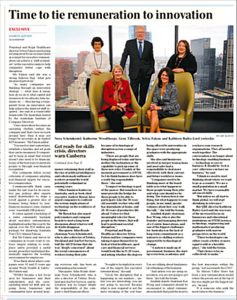 “What gets measured, gets done” is a common phrase in corporate-speak but needs to be treated with caution in terms of occupational health and safety (OHS).
“What gets measured, gets done” is a common phrase in corporate-speak but needs to be treated with caution in terms of occupational health and safety (OHS).
In The Australian newspaper of October 5 2017 (paywalled) an article about remuneration and innovation includes a brief but telling discussion of the perception of OHS.
Sylvia Falzon is a director of the companies Perpetual and Regis Healthcare. The article states that Falzon is a
“great believer that ‘what gets measured gets done”.
However, this belief has important limitations.

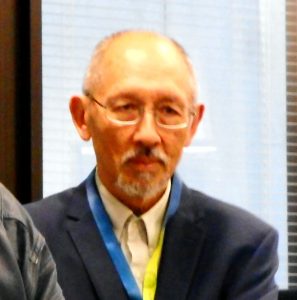
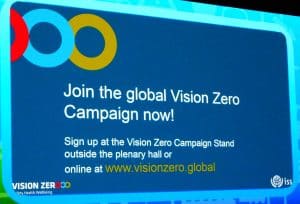 The launch of a “Vision Zero” campaign about occupational health and safety (OHS) was a major element of the recent
The launch of a “Vision Zero” campaign about occupational health and safety (OHS) was a major element of the recent 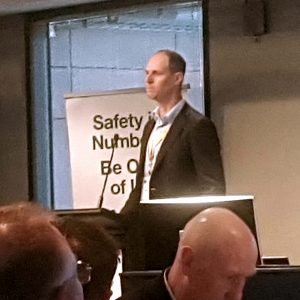 Every safety conference needs a
Every safety conference needs a 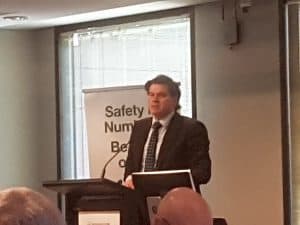 A safety conference in Victoria Australia today heard from
A safety conference in Victoria Australia today heard from 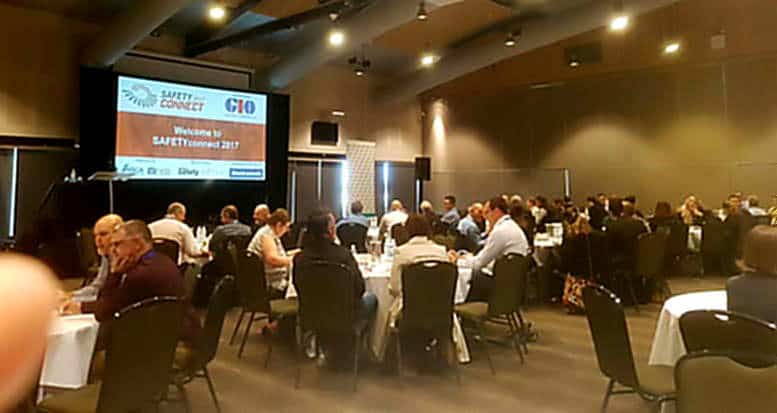 This week’s
This week’s  The most
The most